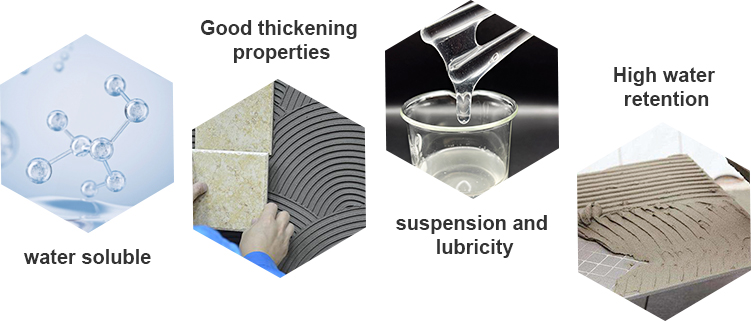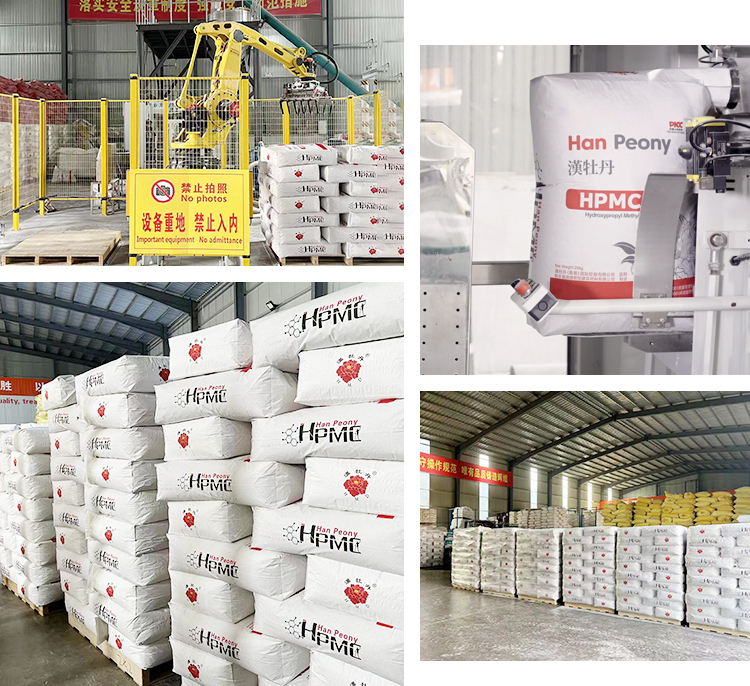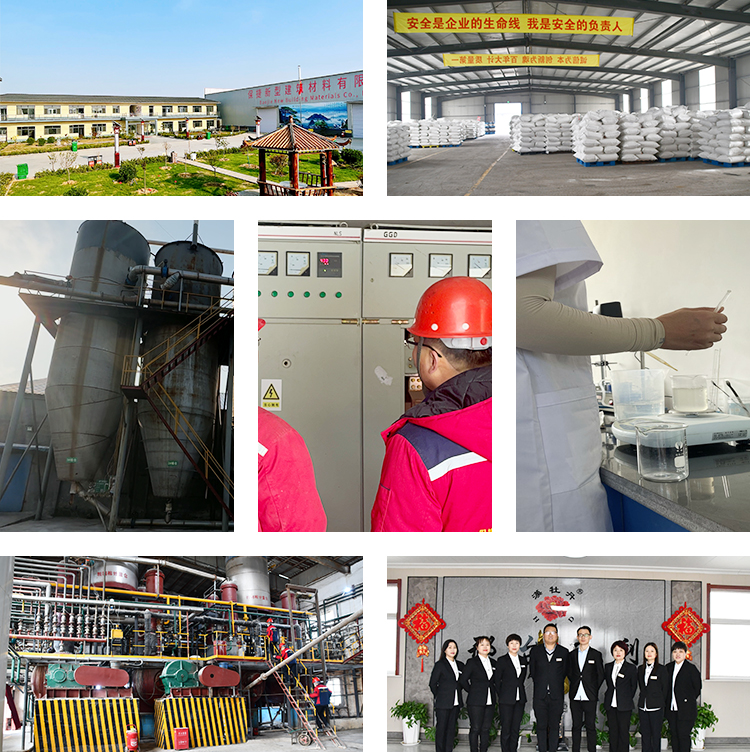Release time: April 29, 2024
Hydroxypropyl methylcellulose (HPMC) is the main admixture in building dry-mix mortar products, and plays a key role in the performance and cost of dry-mix mortar. Cellulose ether products are mostly used in building materials. The important property of cellulose ether is its water retention in building materials. If cellulose ether is not added, the thin layer of freshly mixed mortar will dry out quickly, making it impossible for cement to hydrate in a normal way, resulting in the inability of the mortar to harden and obtain good adhesion. At the same time, the addition of cellulose ether makes the mortar have good plasticity and flexibility, and improves the bonding strength of the mortar.
Fineness of hydroxypropyl methylcellulose (HPMC)
The fineness of cellulose ether affects its solubility. The finer the cellulose ether, the faster it dissolves in water and the better its water retention performance. Therefore, the fineness of cellulose ether should be included as one of its properties to be examined. Generally speaking, the fineness of cellulose ether is 80 meshes and all pass.

Drying loss rate of hydroxypropyl methylcellulose (HPMC)
Drying loss rate refers to the percentage of the mass of the material lost when the cellulose ether is dried at a certain temperature to the mass of the original sample. For a certain mass of cellulose ether, if the drying loss rate is too high, the content of effective ingredients in the cellulose ether will be reduced, affecting the effect of downstream enterprises' application and increasing the purchase cost. Usually, the drying loss rate of cellulose ether is not more than 5.0%.
Sulfate ash content of hydroxypropyl methylcellulose (HPMC)
For a certain mass of cellulose ether, if the ash content is too high, the content of effective ingredients in the cellulose ether will be reduced, affecting the effect of downstream enterprises' application. The sulfate ash content of cellulose ether is an important indicator of its own performance. Combined with the current production status of cellulose ether manufacturers, the ash content of MC, HPMC and HEMC is usually not more than 5%.

Viscosity of hydroxypropyl methylcellulose (HPMC)
The water retention and thickening effect of hydroxypropyl methylcellulose (HPMC) mainly depends on the viscosity and addition amount of cellulose ether itself added to the cement slurry.
PH value of hydroxypropyl methylcellulose
The viscosity of hydroxypropyl methylcellulose (HPMC) products gradually decreases at high temperatures or after long storage periods, and the performance of high-viscosity products is particularly obvious, so the pH needs to be limited. It is generally required that the pH value range of cellulose ether be controlled to 5-9.
Transmittance of Hydroxypropyl Methylcellulose
The transmittance of hydroxypropyl methylcellulose (HPMC) directly affects its application effect in building materials. The main factors affecting the transmittance of cellulose ether are: the quality of raw materials; the effect of alkalization; the process ratio; the solvent ratio; the effect of neutralization. According to the use effect, the transmittance of cellulose ether should not be less than 80%.
Gel temperature of hydroxypropyl methylcellulose (HPMC)
Hydroxypropyl methylcellulose (HPMC) is mainly used as a thickener, plasticizer and water-retaining agent in cement products, so viscosity and gel temperature are important indicators of hydroxypropyl methylcellulose. The gel temperature is used to determine the type of cellulose ether and is related to the degree of substitution of cellulose ether.
In addition, salt and impurities will also affect the gel temperature. When the solution temperature increases, the cellulose polymer gradually loses water, the solution viscosity decreases, and when the gel point is reached, the polymer is completely dehydrated to form a gel. Therefore, the temperature in cement products is usually controlled below the initial gel temperature. Under this condition, the lower the temperature, the higher the viscosity, and the more obvious the viscosity-increasing and water-retaining effect.
Welcome to visit the factory and provide free samples

Navigation
Baixiang County, Xingtai City, Hebei, China
